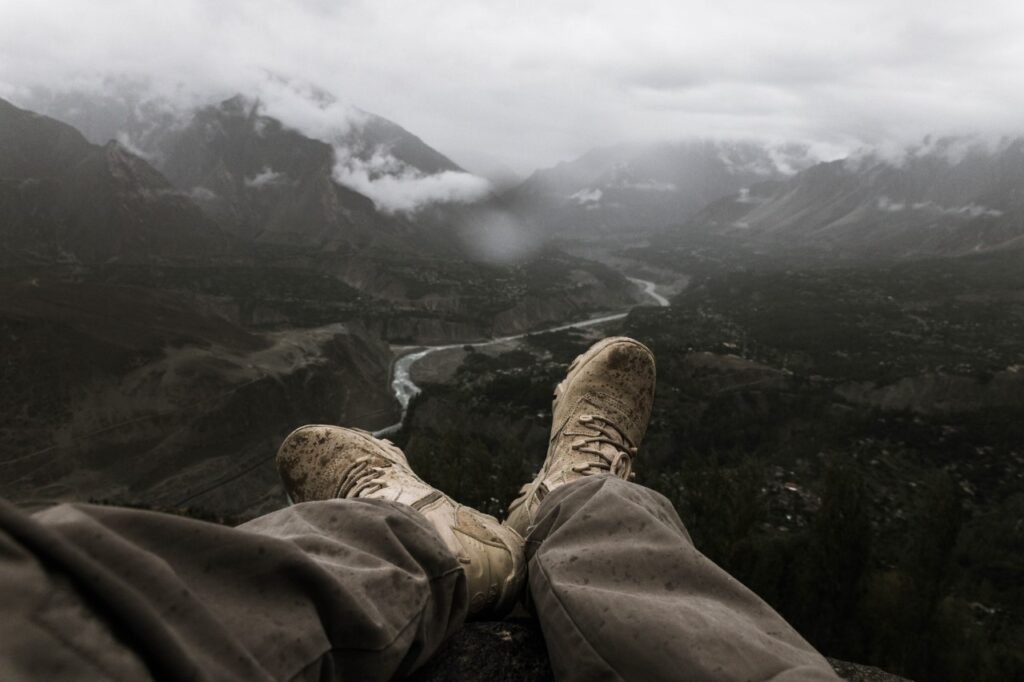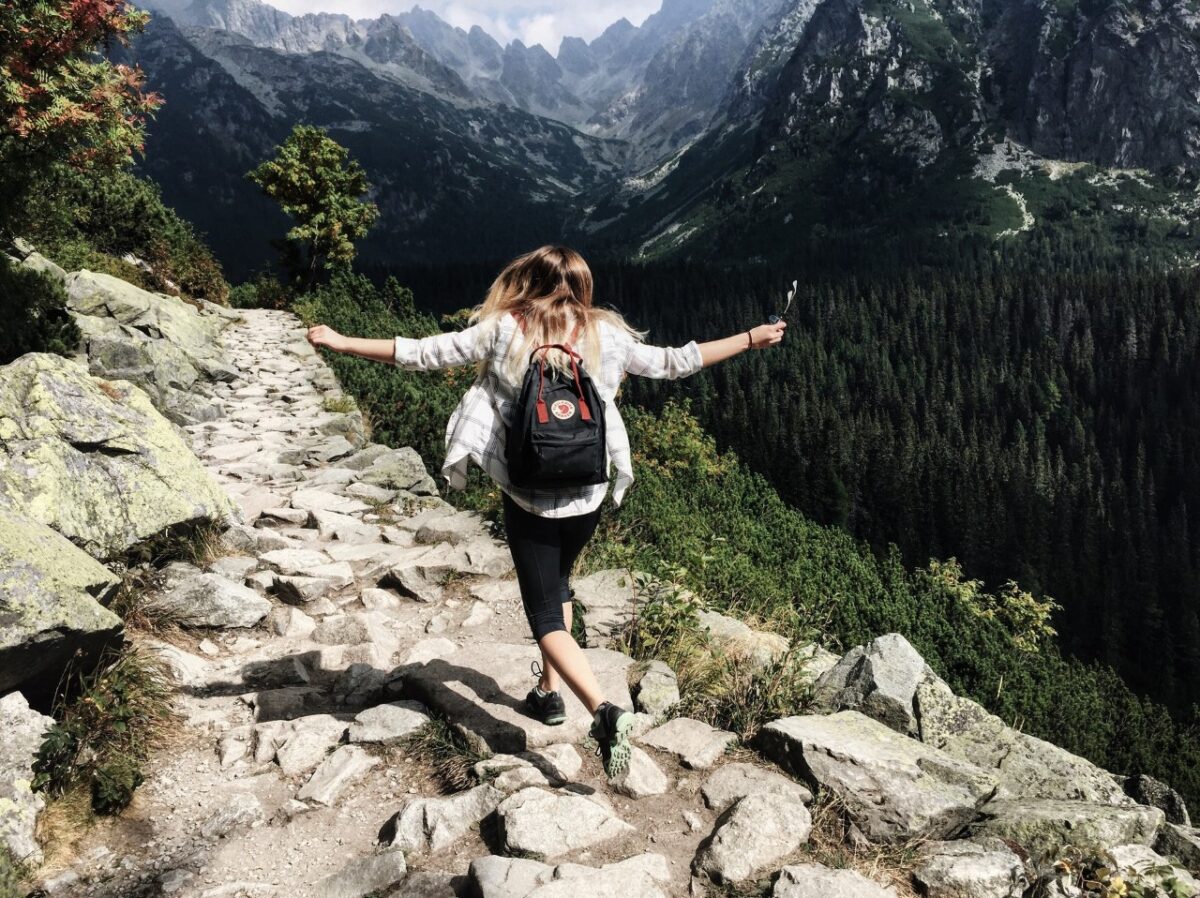Nothing compares to feeling the sun on your face, the breeze in your hair, and being closer to nature. This is what hiking can provide if you give it a chance. Don’t worry if you’ve never hiked before; everyone (even families with children) can do it. Of course, whether you’re a novice or a seasoned pro, you should always exercise caution. But remember, regardless of how much preparation and prevention, sometimes accidents happen, and injuries can occur. Here are some of the most common hiking injuries and how to properly treat them.
Blisters
Blisters are one of the most common hiking injuries that even the most experienced hikers can suffer from. They are caused by friction between your skin and your socks and/or footwear. There are several ways you can prevent this type of injury, such as keeping your feet dry by
changing socks if necessary, making sure your socks do not slip down as you walk, and investing in suitable hiking footwear. Also, make sure to break into your shoes before hiking!
Do not fret if this injury happens. You may easily treat it with simple medical tape, blister tape, or even duct tape. If the blister becomes too painful to tolerate, use a sterilized needle to burst it and administer antibiotic ointment to the affected area.

Reliable hiking shoes will be a lifesaver if you wish to avoid some of the most common hiking injuries.
Cuts and scrapes
Cuts and scrapes can occur at any time and for numerous reasons. They’re challenging to avoid, but they’re usually harmless. The best way to prevent them is to be wary of your surroundings, avoid branches, and be cautious on uneven ground. Additionally, always chop away from you and remember to place sharp objects safely in your bag.
When it comes to minor cuts or scrapes, you should disinfect the area and cover it with a bandage of your choice. However, the treatment is different if the cut is deeper and won’t stop bleeding. To stop the bleeding, wrap a belt or piece of cloth around the area and apply gauze from your first-aid kit. Once the bleeding has stopped, secure the gauze by bandaging the area.
Joint Injuries
Hikers (like runners) may be more susceptible to joint injuries than others. Those who have had a previous injury, have weaker leg muscles, ill-fitting footwear, or traverse difficult terrain are at a higher risk. Even if these factors aren’t present, you may get joint injuries or inflammation from the stress imposed on the joint when hiking. It is critical to find information on what type of trail you will be heading on. So if you’re, for example, looking for hiking spots while in LA, remember to check if these trails are tamed or not. Untamed trails, when visiting an area for the first time, can be difficult on your joints. So, when you’re hiking down some of the most popular destinations near LA, remember to be careful since your joints will be put under a lot of strain.
If you are hiking and feel pain in your joints, do not disregard it; you must treat the joint right away. Depending on the pain, you can rest, loosen the load, ice the area, take painkillers, or walk using trekking poles. If the pain persists even after the hike, get medical assistance as soon as possible.

Knee pain: the most common hiking injury that can occur in the joints.
Dehydration
Dehydration is one of the most common hiking injuries, but it’s also one of the easiest to remedy. To prevent it from ever occurring, you must have enough water on hand. You can bring water with you in many ways, whether in a bottle, flask, or bladder. Also, pay close attention to how you’re feeling. The initial sign of thirst indicates that you have been without water for some time. Thus, you must drink some water immediately.
To treat dehydration, use the same actions as you would to prevent it. Take a break in the shade, sip some water, and observe the beautiful environment around you. If needed, consume some rehydration salts, and you’ll be good to go. However, if you have severe dehydration that has not been treated promptly, you will require immediate medical attention before the situation worsens.
Hyperthermia
Summer is a terrific time to go hiking in many places. However, the weather can often present as many obstacles as opportunities, significantly so when the temperature rises. Hyperthermia (aka hot injury) is a common hiking injury that can happen when exposed to high temperatures. This injury causes your body and many of its essential processes to malfunction. Wearing hiking clothes made for higher temperatures, using sunblock, and staying hydrated are just some of the ways to prevent it.
However, if you have hyperthermia symptoms like nausea, vomiting, headaches, or cramping, you should stop and try to cool down. When taking a break, eat high-energy foods, drink electrolyte water, and do whatever is needed to cool down, such as pouring water over your head. Seek medical attention right away if you develop more severe symptoms, including dry skin, quick pulse, disorientation, or seizures. Heatstrokes are uncommon, but they can happen when hiking, so be prepared to act quickly if these urgent symptoms appear.

Pressing a cold rag onto your skin can help cool you down so you may continue on your hiking adventure.
Hypothermia
On the opposite side of the coin, there’s hypothermia (cold injury). This is one of the most severe hiking injuries where your body’s core temperature lowers to dangerous levels. Frostnip and frostbite are more common and much milder injuries that you should be aware of, too. To ensure safety during a winter hike, you must wear insulated clothing, keep yourself dry and only go on short expeditions in such harsh temperatures.
The majority of these most common hiking injuries could be avoided with proper preparation. Nevertheless, be cautious if you lose some sensation in your skin or if it turns white, waxy, or hard. These are some of the first warning signs of frostnip and frostbite. For mild cases, you must immediately try to raise your body temperature. You can do so by drinking a hot beverage or finding shelter. Call for immediate assistance for harsher symptoms such as confusion, fumbling hands, or drowsiness. While waiting, do whatever you can to raise your temperature until help arrives.
Knowing the most common hiking injuries and how to treat them will help you prepare for your next hiking adventure. It will also ensure you stay safe and have adequate supplies if something unfortunate does happen.

